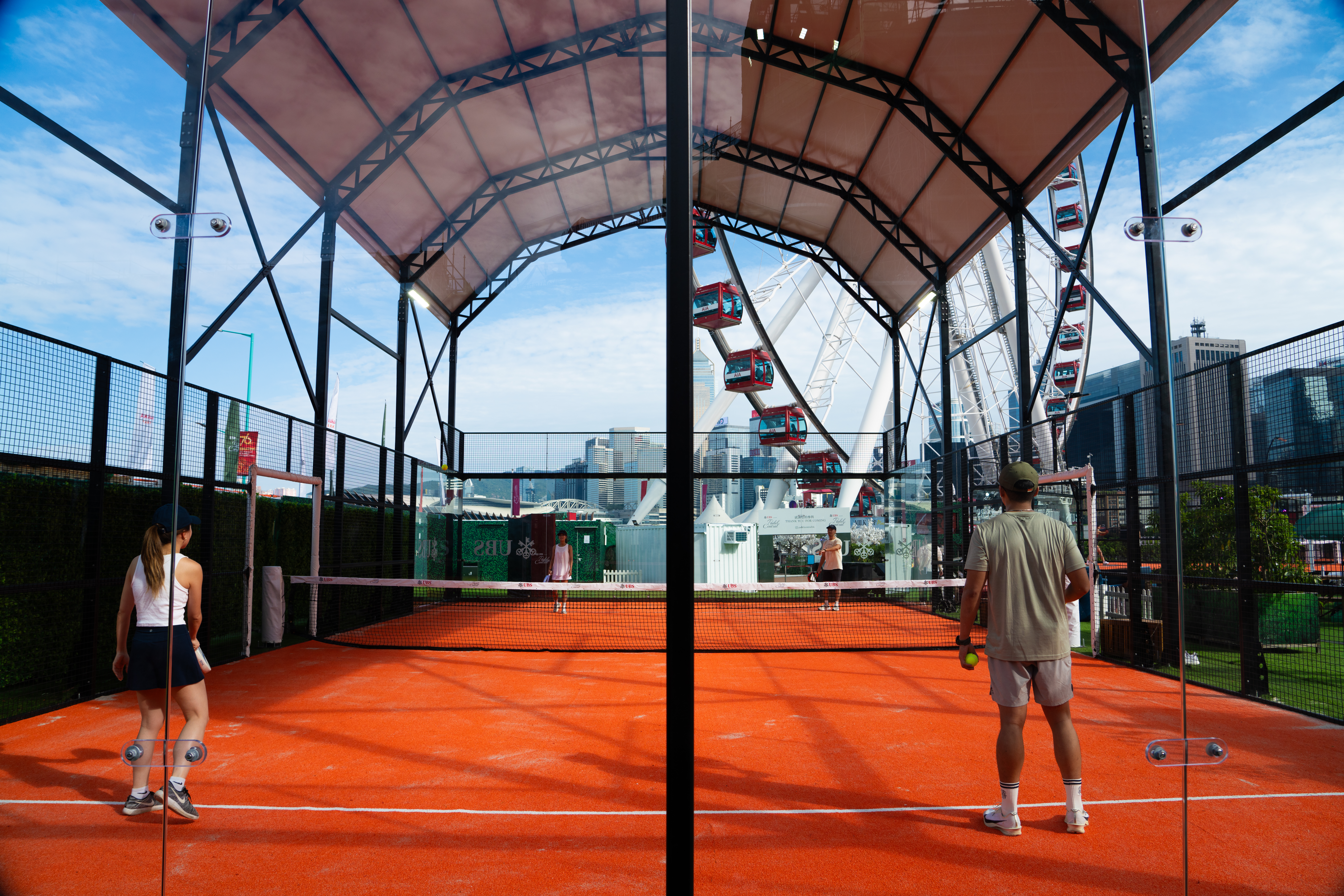When Li Na first started playing tennis at the age of 8, most of China had never paid much attention to the sport.
Now, 29 years later, after becoming the first Asian woman in history to win a Grand Slam singles title (2011 French Open), and then another, (2014 French Open), Li’s track-record of trailblazing continues as she becomes the first Asia-born player in history to land a spot in the prestigious International Tennis Hall of Fame.
“I will do all I can to inspire, to help more young and upcoming players in the hope that they can enjoy this amazing sport.”
Chinese sporting legend Li Na addresses the audience after being inducted into the @TennisHalloFame.#TennisHallofFame pic.twitter.com/TyKY9dqkDj
— Tennis Channel (@TennisChannel) July 21, 2019
It might be easy to assume that Li is used to it — the historic firsts, the string of wins, the general success. After all, her decades-long tennis career is strewn with historical milestones: Li was the first-ever Chinese person to win a WTA title (2003, Guangzhou International Women’s Open), the first and only Chinese national to break into the global top 10, and to this day, is still the highest ranking Asian player in history.
But in fact, Li’s path to athletic megastardom belies a tumultuous journey — one fraught with frustration, rebellion, and loss.
Li didn’t even like tennis when she was growing up in Wuhan, China. But, like many young people, she didn’t have much of a choice. Sent to a State-run sports school by the age of 5, Li had already been tasked with the hefty job of fulfilling her father’s broken dream to become an athlete.
China in the early ’90s was still recovering from the after-effects of the Cultural Revolution, years marked by the evaporation of an entire generation’s aspirations and dreams, which left behind a nation thirsty for redemption on the global frontier. A new, reactionary spirit of economic reform emerged, in which both the Chinese government and society as a whole began to show unprecedented financial and emotional support for organized elite sports.
Eager to vindicate China’s international image through sports, and in particular, Olympic victory, the State invested in developing China’s rigorous juguo tizhi (举国体制), or “whole-nation sports system” program from the ’80s to the early 2000s. The strategy was designed by the State to create champions by pushing young athletes to their limits. It would be a source of endless resentment for Li.
Related:
 Who is Su Bingtian, China’s Fastest Man?Article Feb 25, 2019
Who is Su Bingtian, China’s Fastest Man?Article Feb 25, 2019
By the early 2000s, Li was a teenager, quickly growing frustrated with the system’s regulations over her athletic and personal life. On top of losing her father during a tennis tournament at age 14, by the age of 16, Li had to contend with a burnout-inducing training schedule, a supervisor’s attempt to put her on hormone medication, and the efforts of State coaches to squash her romance with male teammate Jiang Shan. These pressures would eventually drive her to quit mid-career, drop out of the national training center and run away to join a university with her then-boyfriend and now-husband, Jiang.
But she couldn’t stay away for long.
Back on the court by 2004, Li became the first Chinese player to claim a WTA title. By 2006, she was in the Top 25 worldwide. And this time, she had her own demands. In a rebellious move that had her labelled “insufferable” by Chinese media outlets, who described her as having “unchecked insolence”, Li demanded to split from the State sports system.
The head of China’s State-sponsored tennis program obliged, introducing a policy called danfei 单飞, which literally translates to “fly solo”. The new freedoms created by this policy finally allowed Li the space to play tennis, not for the State, but for herself. She went on to set a number of history-breaking records before retiring in 2014.
Related:
 China and Paris Saint-Germain Footballer Wang Shuang Picks Up AFC Player of the Year AwardPSG and China midfielder Wang Shuang capped of an impressive 12 months by picking up the Asian Football Confederation’s Player of the Year Award 2018 last nightArticle Nov 29, 2018
China and Paris Saint-Germain Footballer Wang Shuang Picks Up AFC Player of the Year AwardPSG and China midfielder Wang Shuang capped of an impressive 12 months by picking up the Asian Football Confederation’s Player of the Year Award 2018 last nightArticle Nov 29, 2018
After retiring due to recurring knee injuries, Li has earned an MBA from the Cheung Kong Graduate School of Business in Beijing, started a family with Jiang, and regularly conducts clinics at tennis clubs. Her impact as a role-model is long lasting and well-deserved.
Li’s nickname among the young Chinese generation is Big Sister Na. The name comes not from a linear progression of athletic success, but rather, from a deep sense of respect the younger generation holds for Li — young people who identify with the conflict between a collectivist history and an individualistic upbringing, and who see that struggle reflected in Li’s fight to play on her own terms.
This year, a fan voting system was implemented to determine candidates for induction into the International Tennis Hall of Fame. After 6 weeks of voting from more than 130 countries, Li Na won first place. It’s easy to see why the public thinks she deserves a spot.















